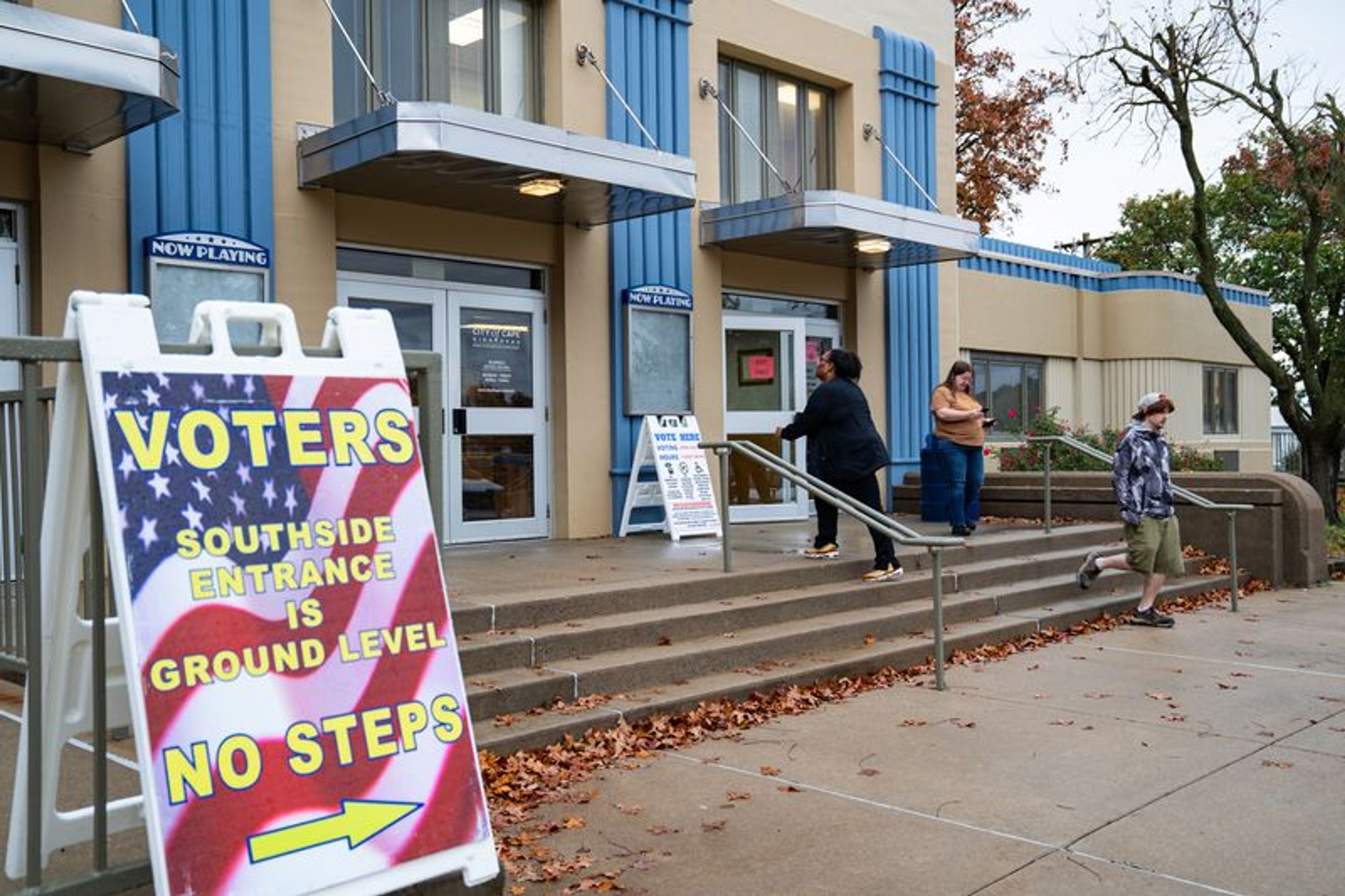KANSAS CITY LIGHT-RAIL PROPOSAL BEST FORGOTTEN
The third time certainly was no charm for Kansas City's proposed light-rail system. Voters on Aug. 7 overwhelmingly rejected the proposal that would have established a half-penny city sales tax for 25 years to help fund, subsidize and operate the system over 25 miles of track beginning in 2008...
The third time certainly was no charm for Kansas City's proposed light-rail system.
Voters on Aug. 7 overwhelmingly rejected the proposal that would have established a half-penny city sales tax for 25 years to help fund, subsidize and operate the system over 25 miles of track beginning in 2008.
They also rejected similar proposals in 1998 and 1999.
Among reasons for the repeated defeats are that the system would not initially serve some areas of the city that should be served and wouldn't have enough riders.
But probably the biggest reason for the latest defeat was its cost: almost $800 million.
The penny tax would have raised $725 million over 25 years, not accounting for inflation.
Proponents hoped that if it passed the federal government would kick in $476 million, or 60 percent, toward its initial cost, which is what the government has given other cities.
There was strong opposition to the latest proposal that came from within the Kansas City Council and from business groups.
The system was considered a gamble considering there were no guarantees the federal government would fund the project, and no one is certain whether the ridership base existed in the areas it would have served.
The proposal was a big gamble that Kansas Citians couldn't afford to take, and it was a sound decision considering problems with public transportation systems in similar-sized cities.
Billion-dollar, mass-transit systems are best left to the super-sized metro areas where owning an automobile is impractical and where established transit systems are well-used. Kansas City is one city where urban traffic is still manageable.
Connect with the Southeast Missourian Newsroom:
For corrections to this story or other insights for the editor, click here. To submit a letter to the editor, click here. To learn about the Southeast Missourian’s AI Policy, click here.








